Italy’s rich ceramic tradition dates back to the Etruscan era, around the 9th century BCE, with distinct regional styles that evolved through centuries of artistic innovation. From the majolica of Tuscany to the intricate designs of Sicily, Italian pottery represents some of the finest craftsmanship in the world.
The country’s dedication to preserving these traditional arts makes it an ideal destination for travelers interested in learning hands-on skills. Here is a list of 20 cities across Italy where you can embrace your creative side and learn the ancient art of pottery making during your visit.
Florence

Located in the heart of Tuscany, Florence offers numerous studios where visitors can learn traditional Tuscan pottery techniques. The city’s artistic heritage provides the perfect backdrop for pottery classes that focus on Renaissance-inspired designs and terracotta creations, often drawing on classical architecture and Florentine iconography.
Many studios are within walking distance of major attractions, making it easy to incorporate a class into a sightseeing schedule.
Deruta
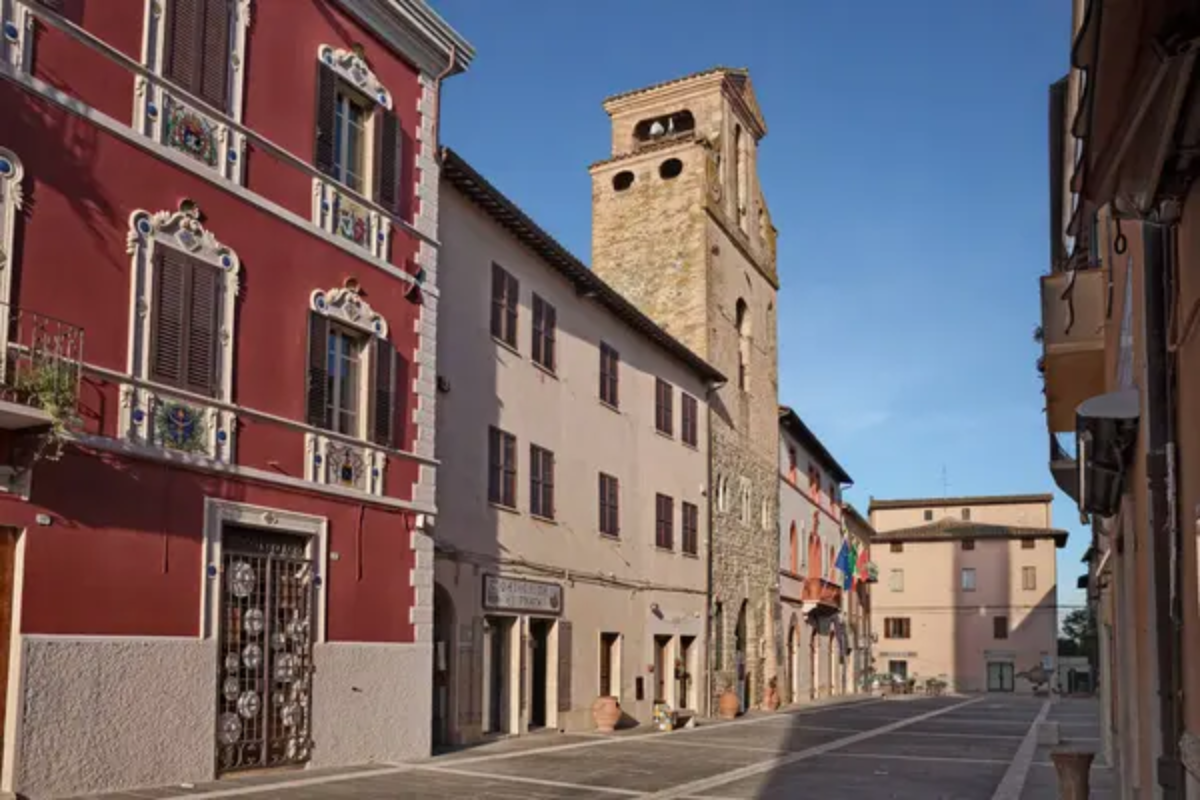
This small Umbrian town has been producing ceramics since the Middle Ages and is considered one of Italy’s most important centers for majolica pottery. Local artisans offer workshops where you can learn the distinctive techniques that have made Deruta famous for centuries.
The town’s narrow streets are lined with studios displaying vibrant ceramics featuring regional motifs.
Like Travel Pug’s content? Follow us on MSN.
Faenza

Known as the ceramic capital of Italy, Faenza has been a pottery center since the 13th century. The city houses the International Museum of Ceramics, home to one of the largest collections of ceramics in the world.
Local workshops offer classes from beginner to advanced levels, teaching the distinct white-glazed majolica style that made Faenza internationally renowned.
Vietri sul Mare
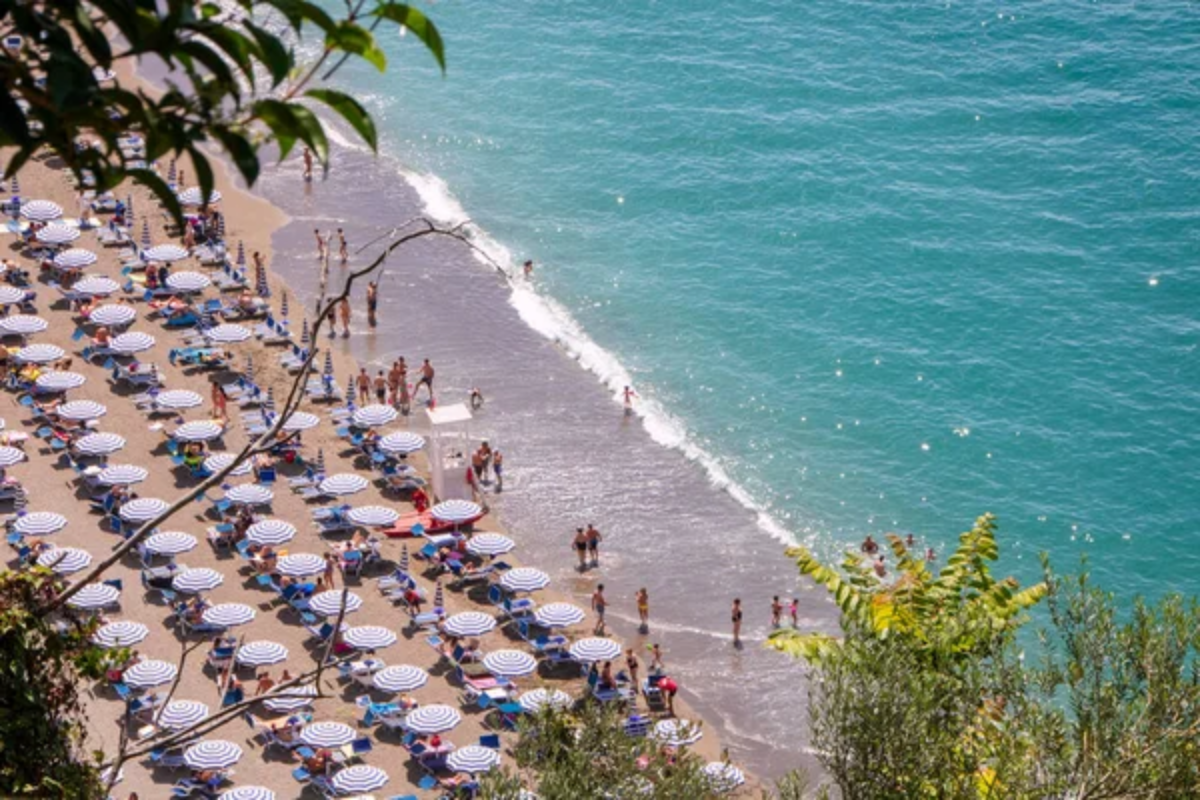
This colorful town on the Amalfi Coast has been producing distinctive ceramics since the 15th century. Pottery workshops here specialize in bright, Mediterranean-inspired designs featuring lemons, fish, and sea creatures.
The coastal setting inspires the vivid blue and yellow color palette that characterizes Vietri ceramics, which are commonly used in tiled facades and local architecture.
Caltagirone
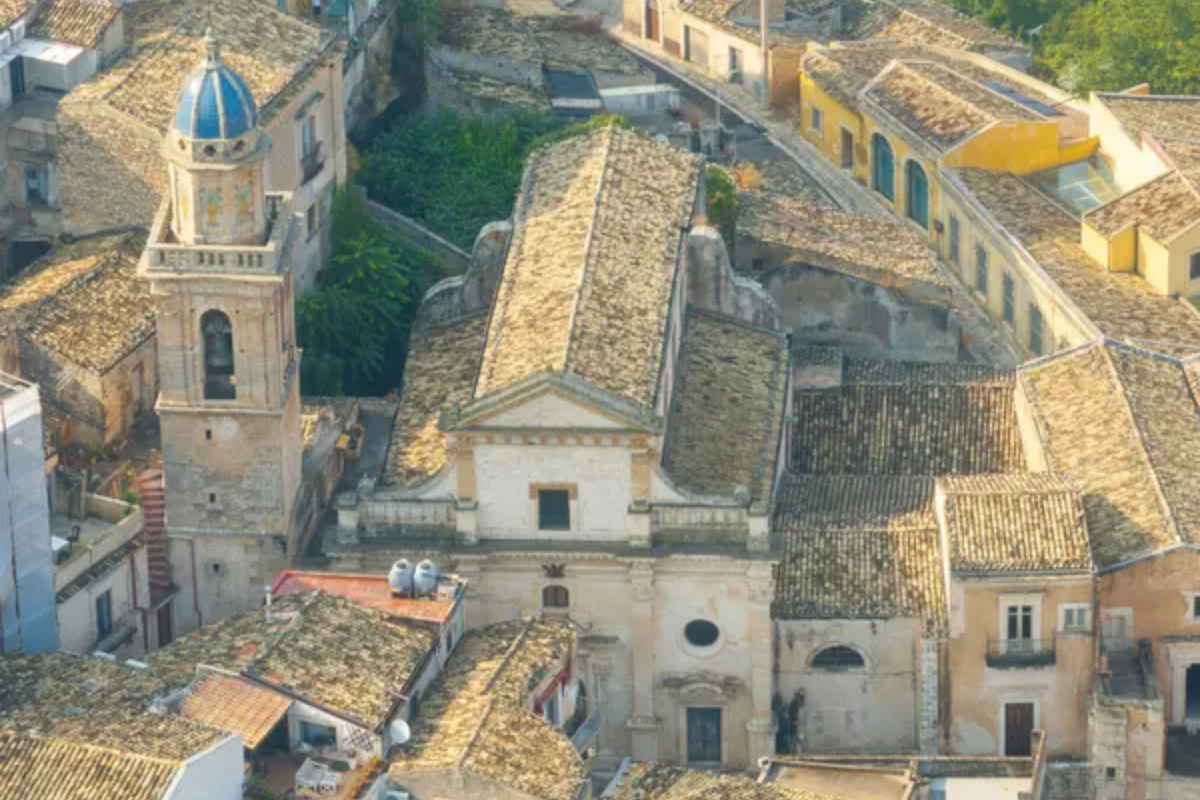
Located in Sicily, Caltagirone has been a pottery center since the 10th century under Arab rule. The city is famous for its ceramic staircase, the Scala di Santa Maria del Monte, which features 142 hand-painted tile steps representing different eras of ceramic art.
Local studios offer classes focusing on the city’s signature style, incorporating Moorish designs and bright colors reflecting Sicily’s diverse cultural heritage.
Like Travel Pug’s content? Follow us on MSN.
Grottaglie
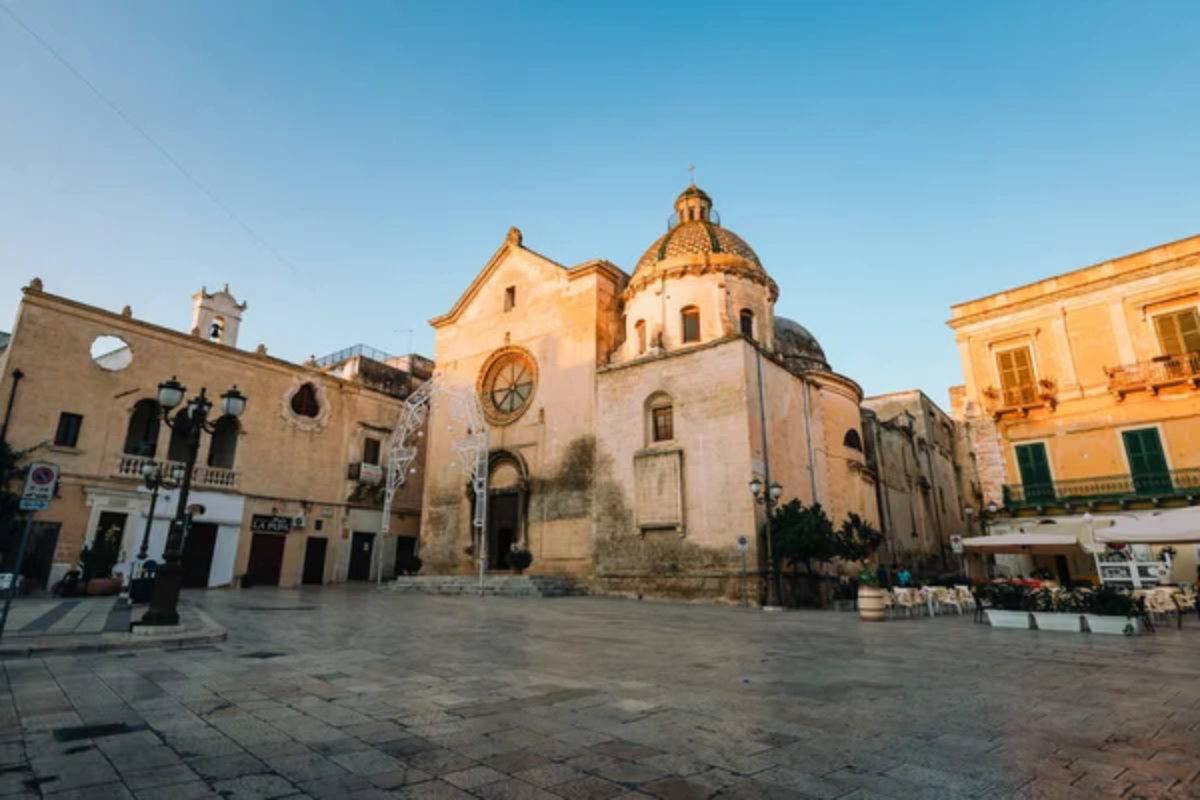
This Puglian town is divided into quarters, with one district dedicated to ceramics. The ‘ceramic quarter’ houses over 50 workshops where master potters create decorative and functional pieces.
Many artisans open their studios to visitors and offer lessons in the region’s traditional techniques, which are characterized by simple forms and earth-toned glazes. Grottaglie ceramics often include religious figures, large amphorae, and rustic motifs.
Montelupo Fiorentino
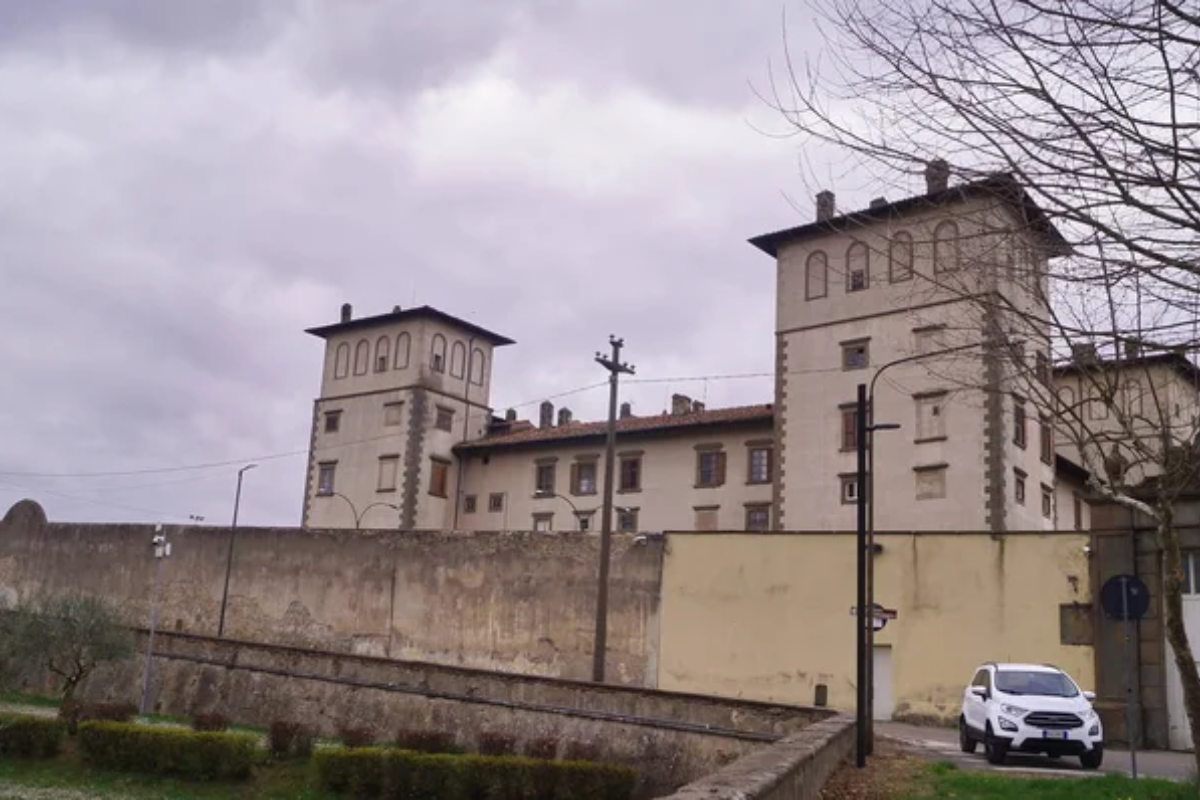
This small town near Florence has been a major center for ceramics production since the Renaissance. Local workshops specialize in bright, colorful designs that often incorporate animal motifs and geometric patterns.
The town’s ceramic museum provides context for the classes offered by local artisans who continue centuries-old traditions.
Bassano del Grappa
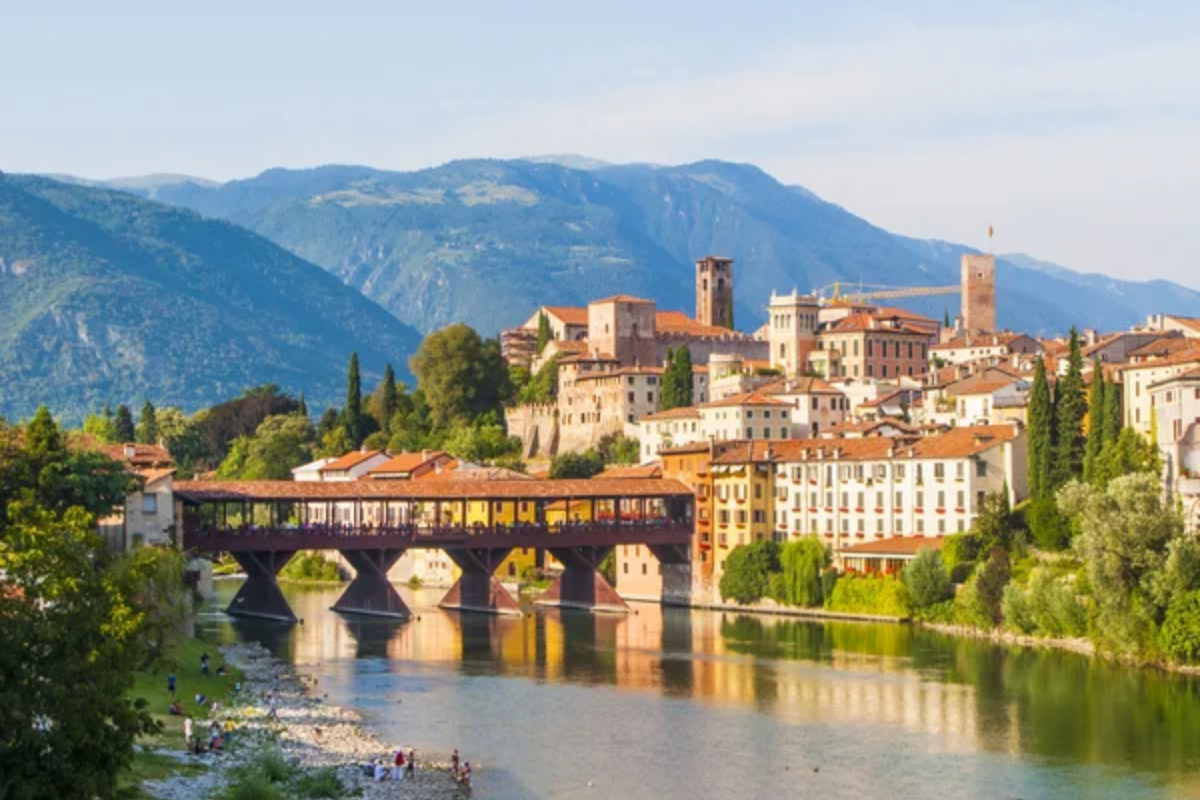
Famous for both ceramics and grappa, this northern Italian town offers pottery classes that focus on delicate, refined designs. The ceramic tradition here dates back to the 18th century, with many studios along the Brenta River.
Classes often incorporate the soft pastel colors and floral designs that characterize the Bassano style.
Like Travel Pug’s content? Follow us on MSN.
Gubbio
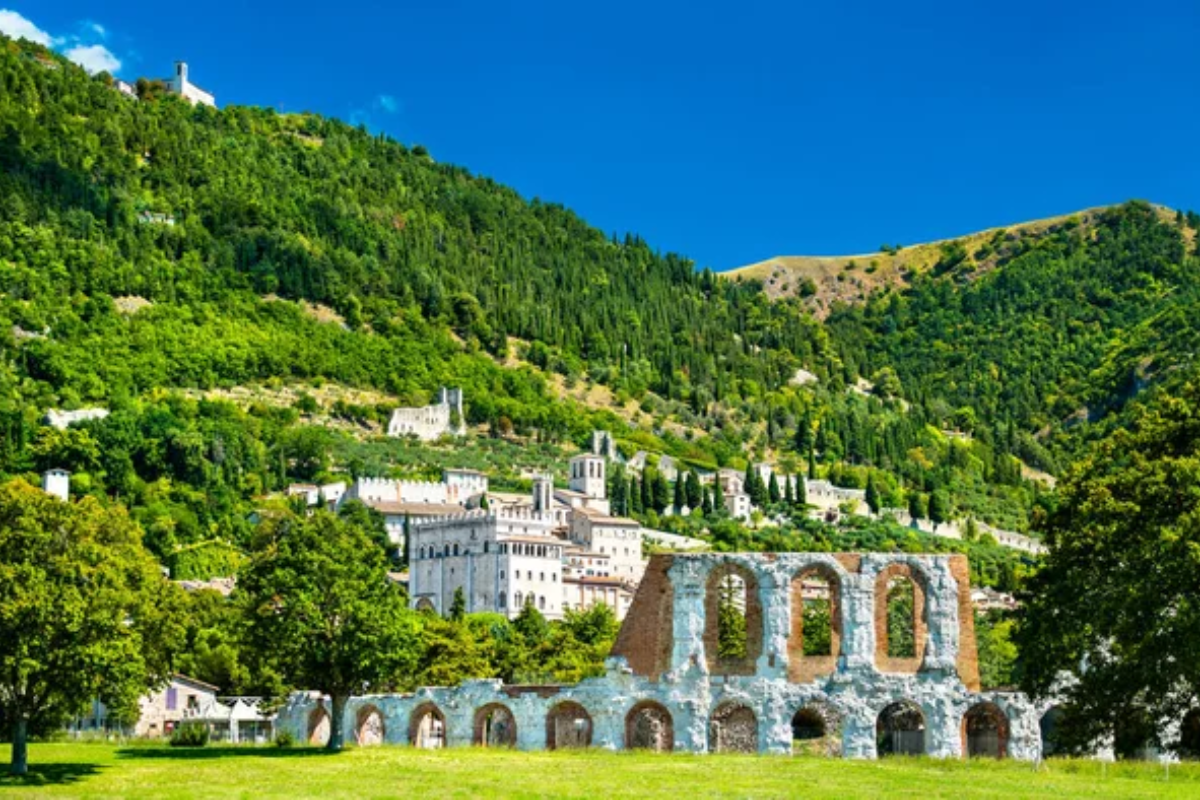
This medieval Umbrian town is known for its distinctive ‘lustre’ technique, which creates a metallic sheen on ceramics. Local studios offer specialized workshops where you can learn this challenging method that dates back to the Renaissance.
The town’s hillside location provides spectacular views that inspire many nature motifs in Gubbio pottery.
Albisola
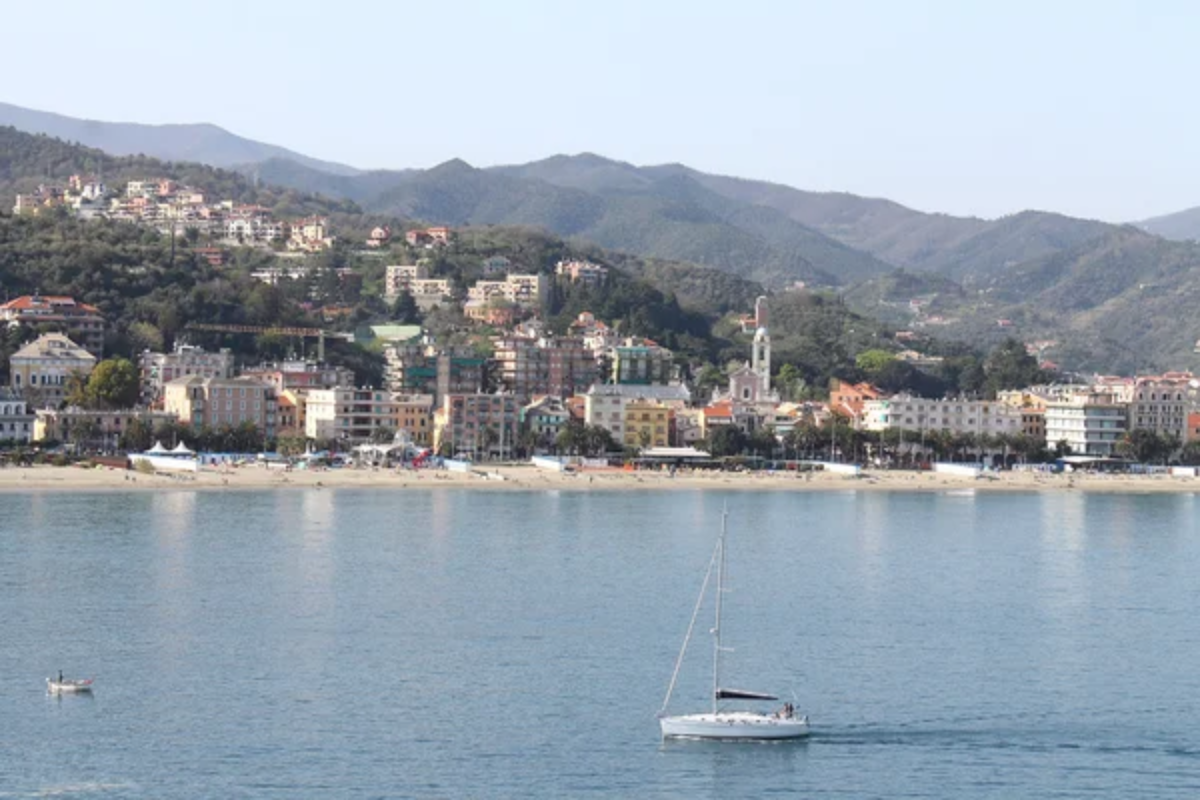
Located on the Ligurian coast, Albisola has been a ceramics center since the 16th century. The town attracted many 20th-century artists, including Picasso, who came to work with local potters.
Studios offer classes in traditional techniques and more contemporary approaches influenced by the town’s artistic heritage.
Nove

This small town in the Veneto region, near Vicenza, has been producing ceramics since the 1700s. Local workshops specialize in relief decorations and sculptural elements that add dimension to functional pieces.
Classes range from wheel-throwing to hand-building techniques, all taught in studios that have been operating for generations.
Like Travel Pug’s content? Follow us on MSN.
Castelli
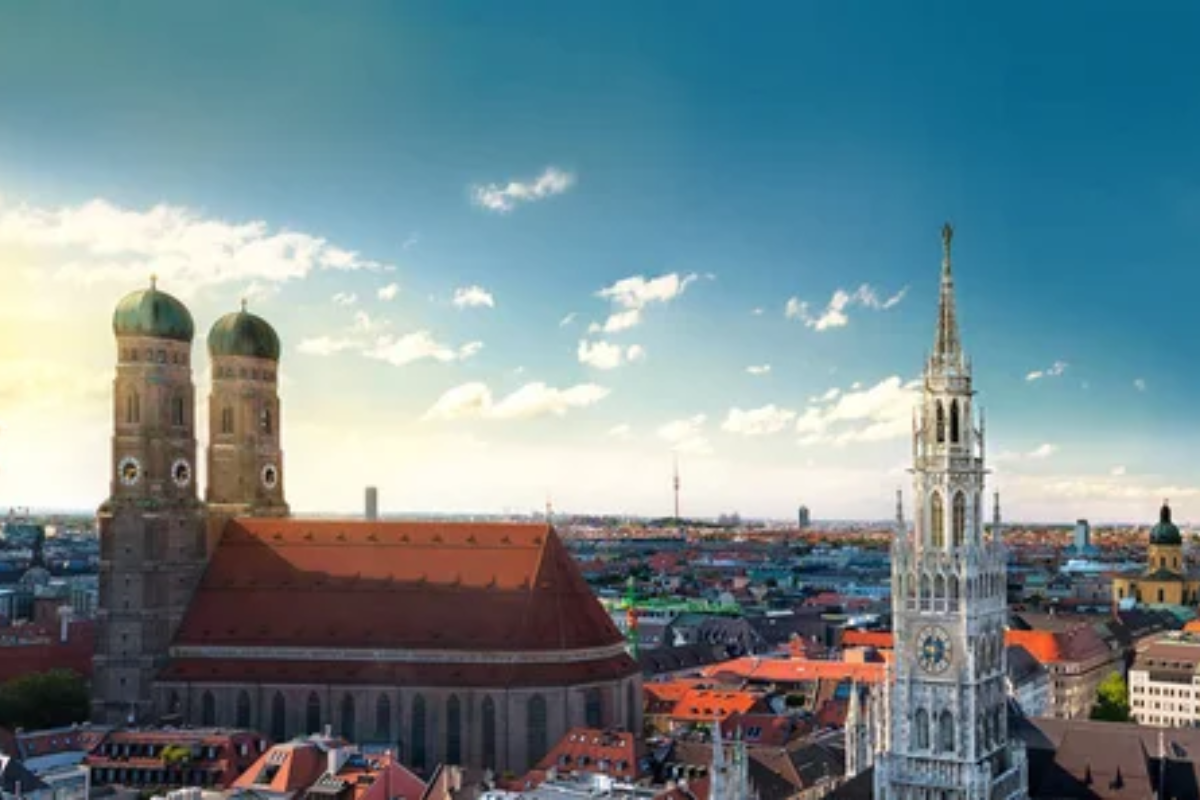
Nestled in the Abruzzo mountains, Castelli has been producing majolica since the 16th century. The town’s remote location helped develop a distinctive style characterized by intricate decorations and scenes painted in a limited palette.
Local artisans offer immersive workshops where visitors can learn these precise decoration techniques in a setting that has changed little over the centuries.
Laterza

This town in Apulia is known for its deep ravine and traditional ceramics decorated with natural motifs. Local pottery features distinctive brown and green glazes created from mineral-rich local clays.
Studios offer classes focusing on the region’s unique decorative style, often incorporating images of local flora and fauna.
Burgio
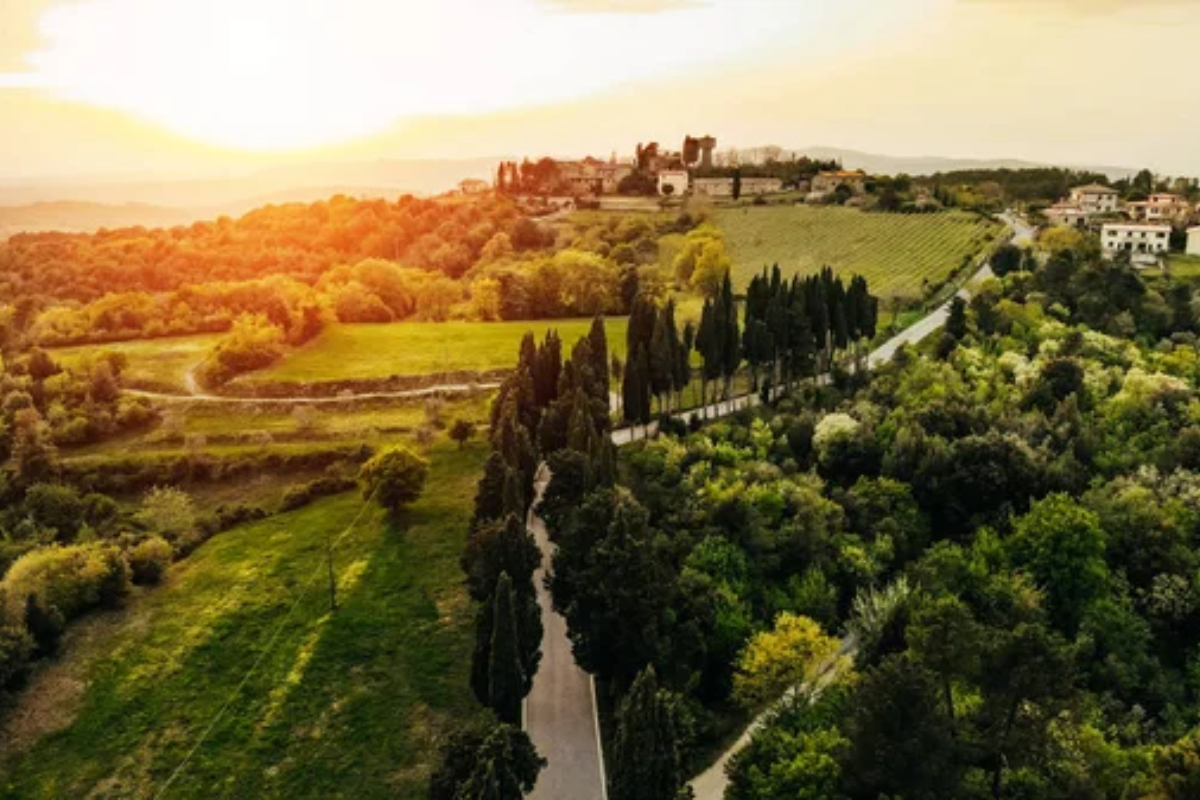
This small Sicilian town has maintained its ceramic traditions despite its remote location. Workshops here teach the distinctive style characterized by cobalt blue decorations on a creamy white background.
The town’s peaceful atmosphere provides the perfect setting for focused inst
Like Travel Pug’s content? Follow us on MSN.
Mondovì
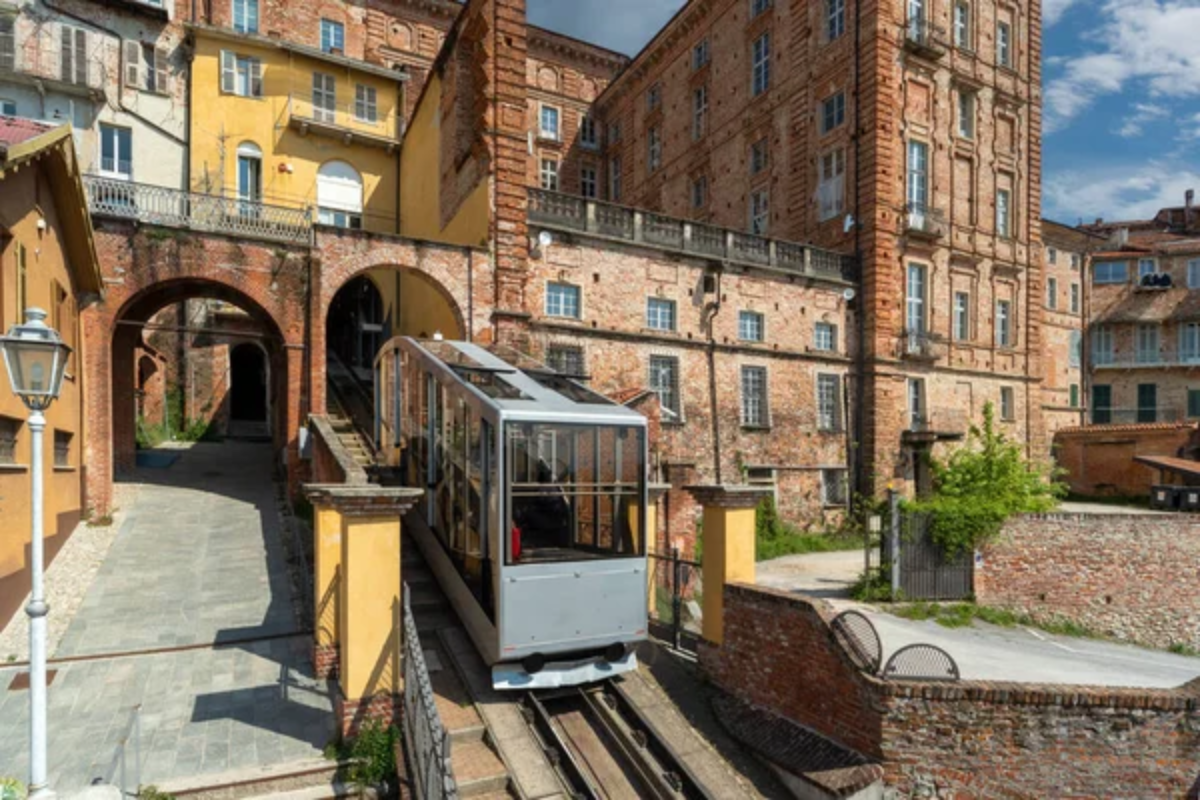
Located in Piedmont, Mondovì developed its ceramic industry in the 18th century. The town is known for its distinctive blue and white ceramics, which have designs inspired by Chinese porcelain.
Classes focus on these delicate painting techniques, often incorporating birds and landscape scenes typical of the local style.
Cerreto Sannita
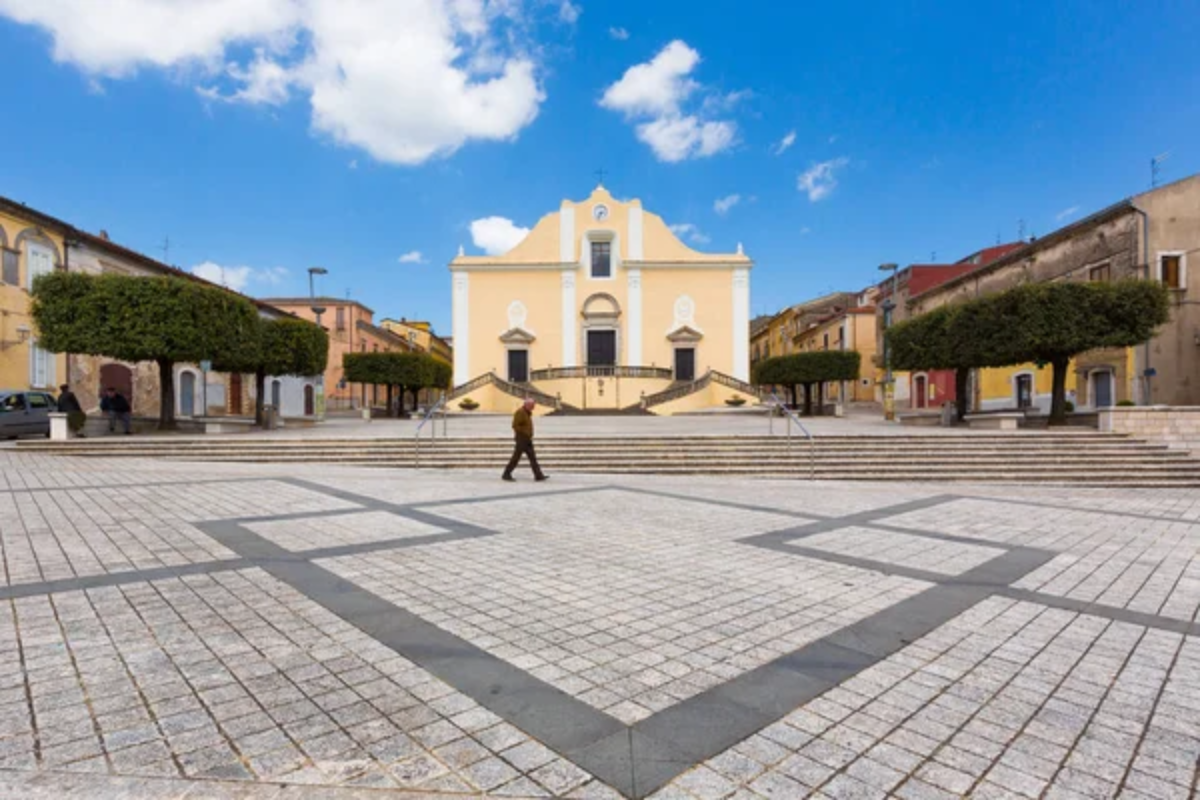
Following a devastating earthquake in 1688, this town in Campania was rebuilt, and a thriving ceramic industry was established. Local workshops offer classes in their distinctive style, which features a limited palette and stylized representations of rural life.
The town’s uniform baroque architecture provides a unique backdrop for ceramic studies.
Santo Stefano di Camastra
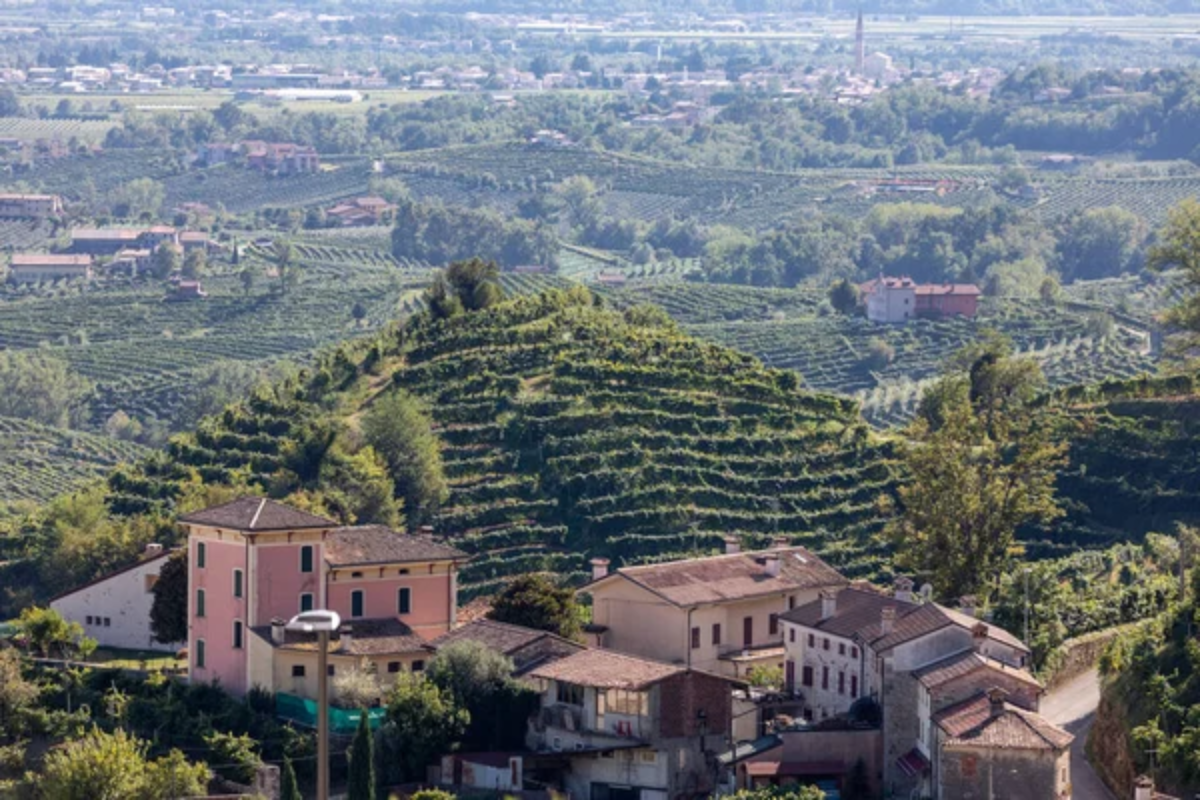
This Sicilian town, perched above the Tyrrhenian Sea, specializes in colorful, geometric designs that reflect Arab and Spanish influences. Local studios offer hands-on classes where you can learn to create the vibrant tiles that decorate many buildings throughout Sicily.
The town’s coastal location provides stunning views that inspire many maritime motifs in local pottery.
Like Travel Pug’s content? Follow us on MSN.
Sciacca

Another Sicilian gem, Sciacca has a ceramic tradition dating back to Arab rule. The local style features bright colors and decorative motifs inspired by the sea.
Workshops here teach traditional techniques using local clays, often incorporating the fish and wave patterns that reflect the town’s connection to the Mediterranean.
Squillace

This hillside town in Calabria offers pottery classes focused on the region’s Greek-influenced ceramic tradition. Local artisans teach techniques passed down since Byzantine times, including distinctive glazing methods and decorative styles.
The town’s panoramic views of the Ionian Sea create an inspiring setting for creative exploration.
Pesaro
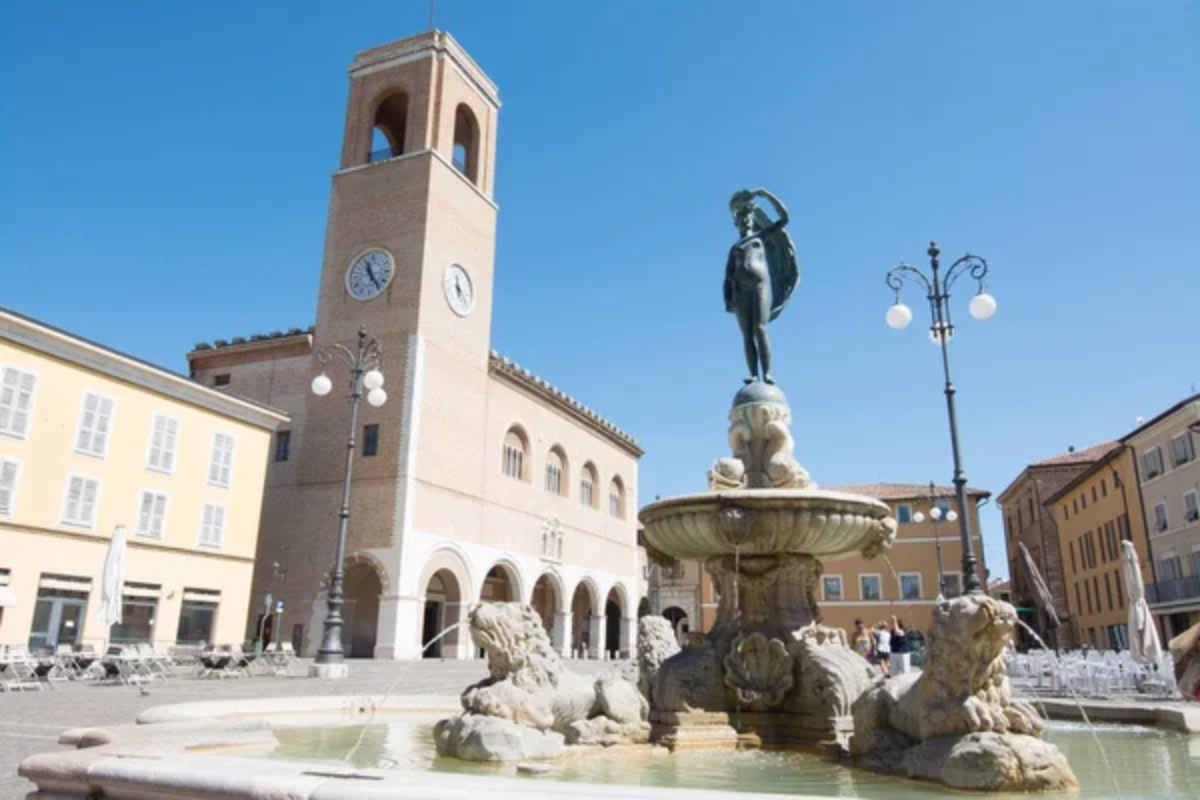
This coastal city in Le Marche has been producing refined ceramics since the Renaissance. Local studios offer classes that focus on the detailed painting techniques that characterize Pesaro’s elegant style.
The city’s mix of historical and beach atmospheres provides a balanced setting for pottery instruction combined with relaxation.
Like Travel Pug’s content? Follow us on MSN.
The Enduring Charm of Italian Ceramics
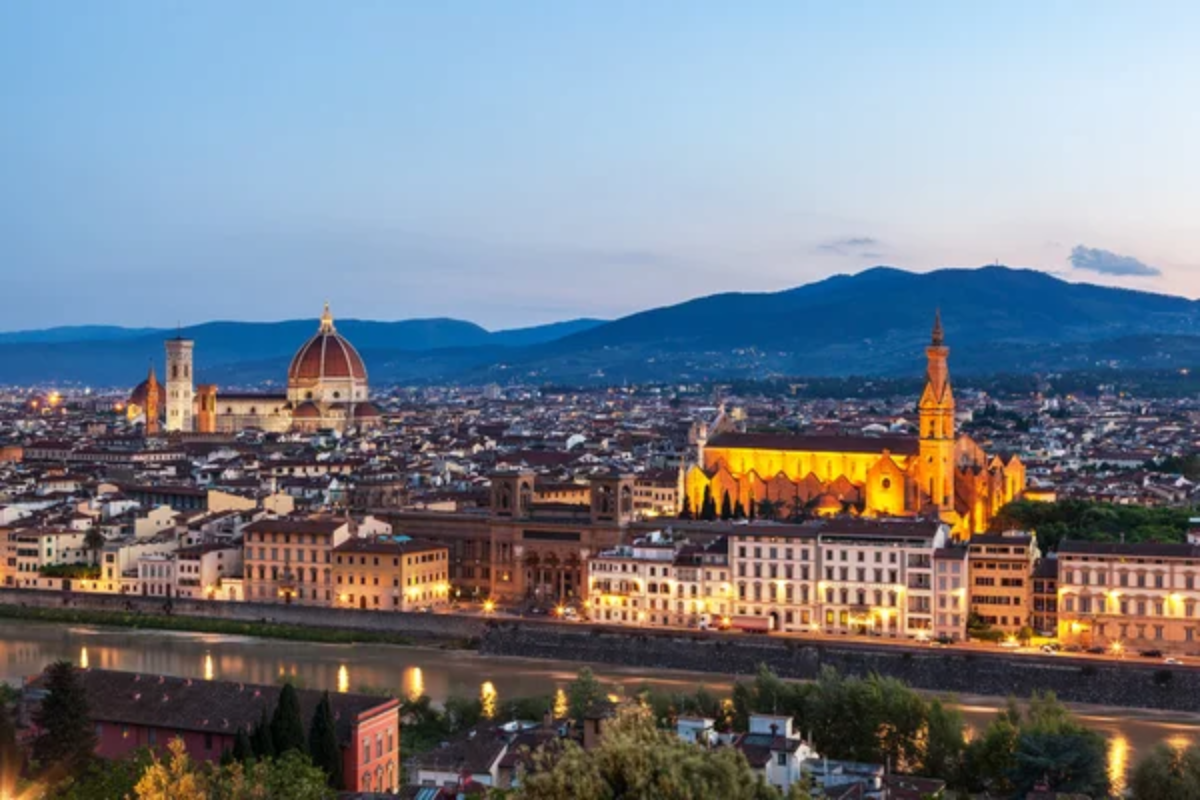
Italy’s ceramic traditions thrive in these cities, where ancient techniques meet contemporary creativity. What makes these pottery experiences special isn’t just the skills you’ll learn but the connection to centuries of artisans who shaped Italy’s cultural identity through clay.
Whether you’re a beginner or an experienced potter, these cities offer the rare opportunity to become part of a living artistic tradition that connects past and present through hands-on creation.
More from Travel Pug

- Cities Growing so Fast You Won’t Recognize Them in 10 Years
- 13 Destinations Where Tourists Regularly Regret Their Trip
- 20 Obscure WWII Sites Even History Buffs Don’t Know About
- 10 Under-the-Radar Mountain Towns That Are Both Affordable and Beautiful
- Remote Villages in Europe Where You Can Live for Free in Exchange for Work
Like Travel Pug’s content? Follow us on MSN.
